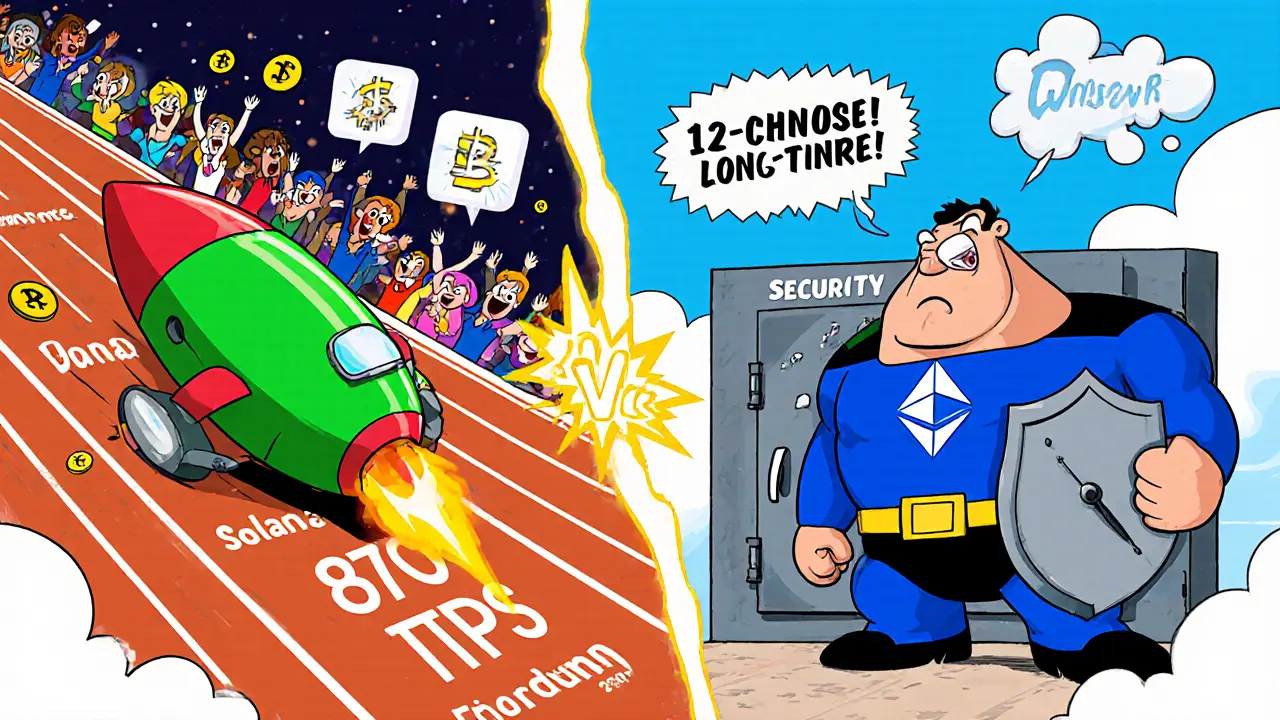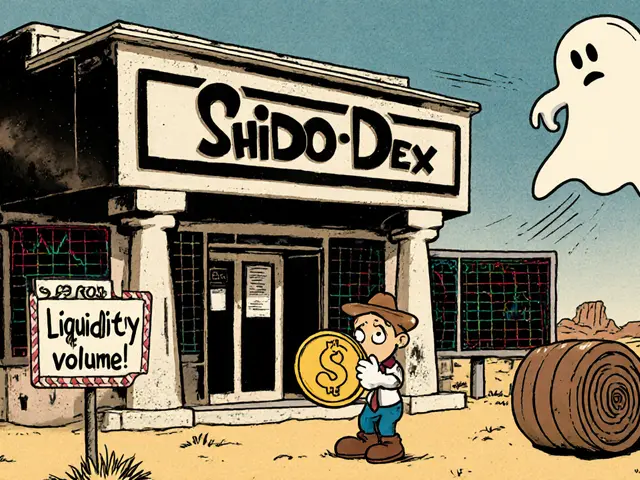Smart Contracts: The Engine Behind Modern Crypto
When working with Smart Contracts, self‑executing code that runs on a blockchain without a middle‑man. Also known as self‑executing contracts, they automatically enforce the terms written in code. DeFi, decentralized finance platforms that replace banks with code runs on these contracts, enabling lending, swapping, and yield farming without traditional intermediaries. At the same time, Rug Pull, a scam where developers withdraw liquidity from a smart contract, leaving investors with worthless tokens shows how vulnerabilities can be abused. Finally, Tokenomics, the economic design of a token, including supply, distribution, and incentives relies on smart contracts to enforce rules on issuance and rewards. Understanding these building blocks is key to navigating the crypto landscape. Knowing how smart contracts work helps you spot opportunities and avoid pitfalls.
Key Concepts and How They Interact
Smart contracts enable DeFi by providing trust‑less, programmable money. For example, a lending protocol encodes collateral rules directly into code, so borrowers can lock assets and receive loans automatically. This trust‑less setup also means tokenomics must be baked into the contract: supply caps, inflation rates, and reward schedules are all hard‑coded, ensuring transparent and predictable behavior. However, the same openness that powers innovation also opens doors for rug pulls. Attackers can insert backdoors or expose functions that let them drain funds, as seen in several high‑profile DeFi failures. Audits, formal verification, and community review are essential defenses. Moreover, blockchain choice matters—Ethereum offers robust tooling and large user bases, while newer chains might provide lower fees but less mature security ecosystems. When a smart contract interacts with multiple chains, cross‑chain bridges add another layer of complexity and risk. By studying real‑world examples, you can see how tokenomics design influences user incentives and how poorly designed contracts become ripe for exploitation.
Our collection below dives deep into these topics. You'll find a step‑by‑step guide on spotting rug pull red flags, a clear breakdown of tokenomics behind emerging coins, and practical tutorials for building and testing your own contracts on popular blockchains. Whether you're an investor trying to assess project safety or a developer aiming to launch a secure DeFi product, the articles ahead give you actionable insights and concrete examples. Ready to explore the world where code meets finance? Scroll down to start learning how smart contracts shape the future of crypto.








Categories